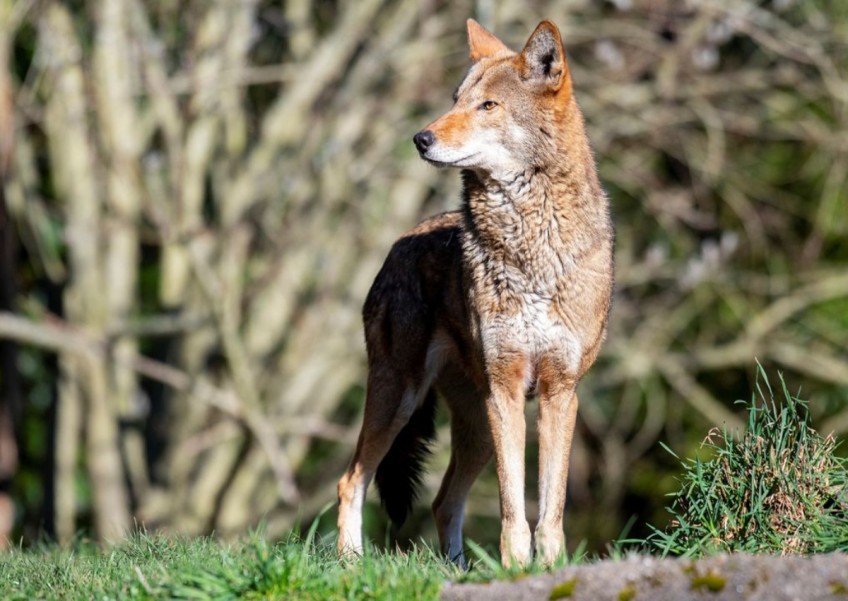US zoo saving endangered red wolf, one dental checkup at a time


AsiaOne has launched EarthOne, a new section dedicated to environmental issues — because we love the planet and we believe science. Find articles like this there.
EATONVILLE, Washington — The endangered red wolf, the lone wolf species native only to the United States, is slowly coming back thanks to a breeding and reintroduction programme that also takes special care of the wolves' teeth.
The Tacoma-based Point Defiance Zoo is conducting dental exams and teeth-cleaning in its managed care programme. Broken teeth "would prevent them from eating meat very well," said Karen Wolf, the zoo's head veterinarian.
The fittingly named vet is helping bolster a population of only 270 red wolves known to exist, mostly in managed care or zoos. Just 20 live in the wild, roaming in three wildlife refuges in eastern North Carolina.
During one recent checkup at a facility in a wildlife preserve 60 miles (100 km) south of Seattle, the sedated patient was a nine-year-old wolf known as 2077, the grandfather of six pups born earlier this year and the father of a wolf released into the wild.

"He is quite a patriarch," Wolf said.
The cinnamon-coloured wolf, named 2077 by the US Fish & Wildlife Service as the 2,077th wolf entered into the programme, received a thorough cleaning and x-rays, and a diseased molar was removed. The vets also administered vaccines and drew blood to assess its overall health.
Meanwhile at an off-site breeding centre, the most recent litter of pups yelped an off-key caterwaul into the forest.
The animals in managed care tend to live longer than free-ranging red wolves, in part because they have annual exams and dental hygiene.
The rare red wolves once ranged from New York to Texas, but by the late 1960s to 1970s a once thriving population was decimated. The wildlife service classified it as threatened with extinction in 1967.

As recently as the 1950s and 1960s, the US wildlife service had an eradication programme that killed wolves to protect people and other animals, only later understanding that apex predators were necessary to maintain a healthy ecosystem, said Natalie Davis, zoo curator and part of the Association of Zoos & Aquariums' programme to save red wolves from extinction. It has introduced seven wolves into the wild in North Carolina this year.
Three of those released came from the Point Defiance Zoo programme, including a pup born April 13.
[embed]https://www.youtube.com/watch?v=Wc-rt80hROQ[/embed]
ALSO READ: Ships speeding through US 'go slow' zones meant to protect endangered whale: Report